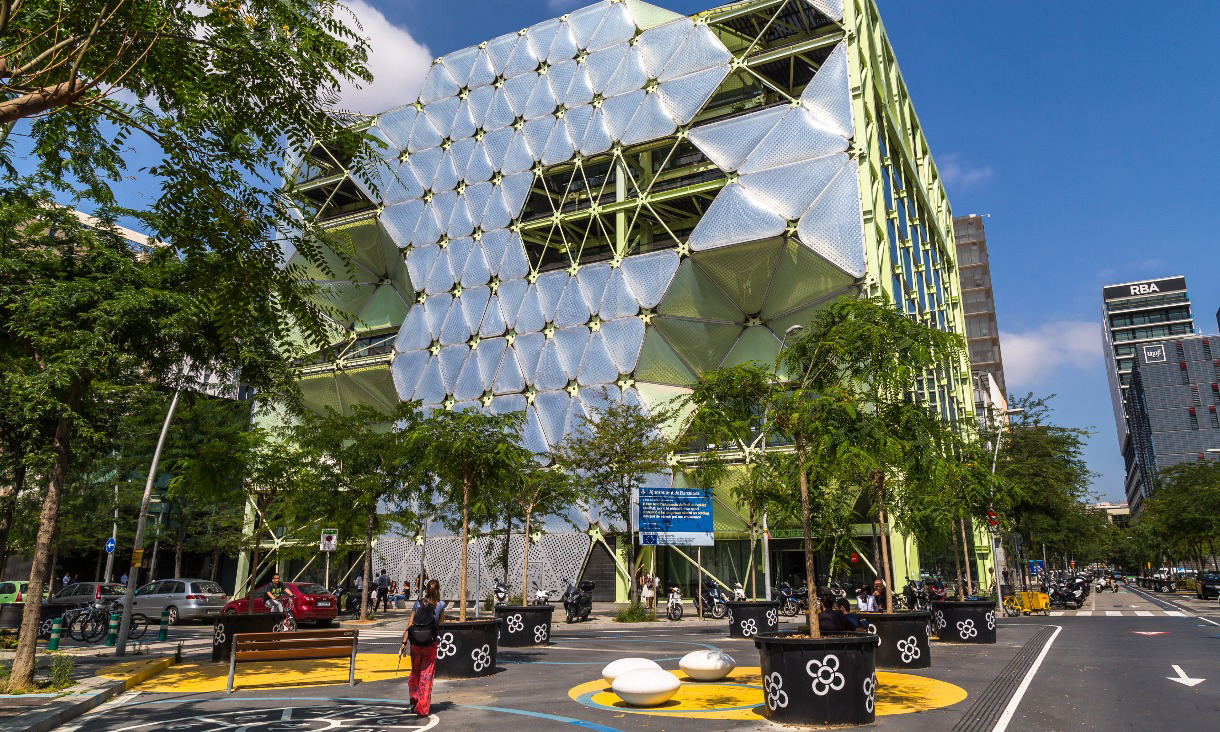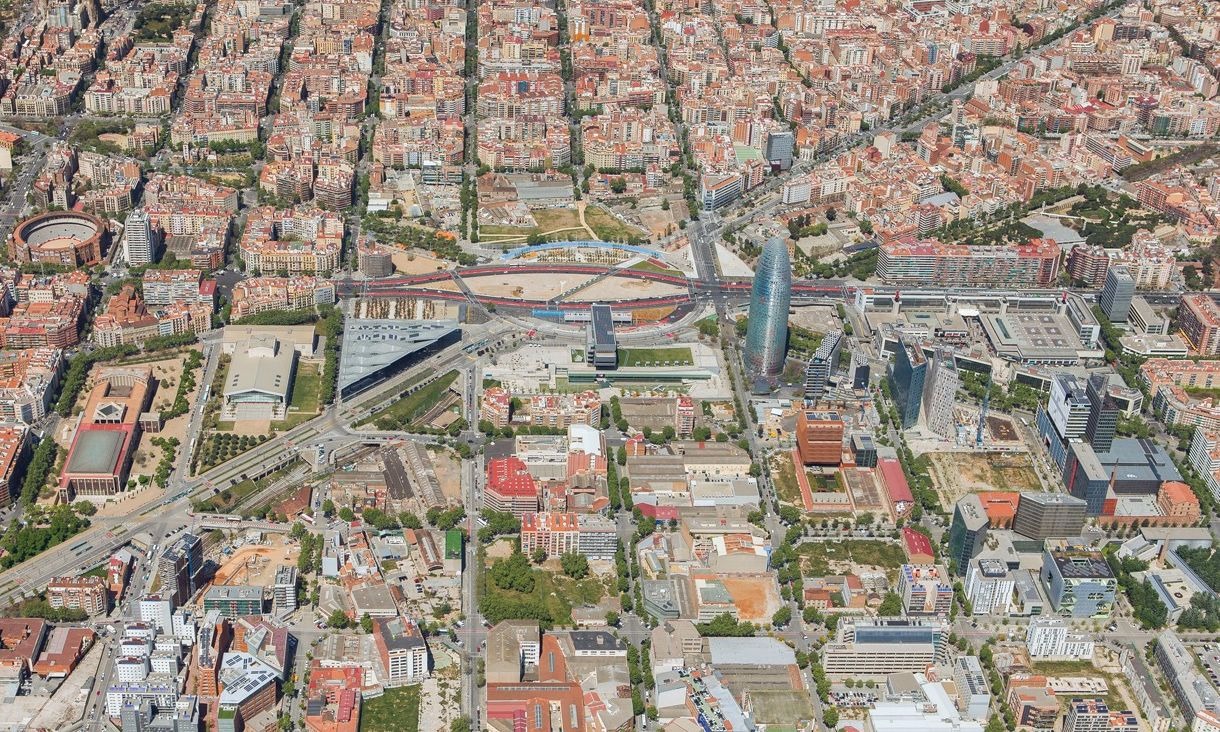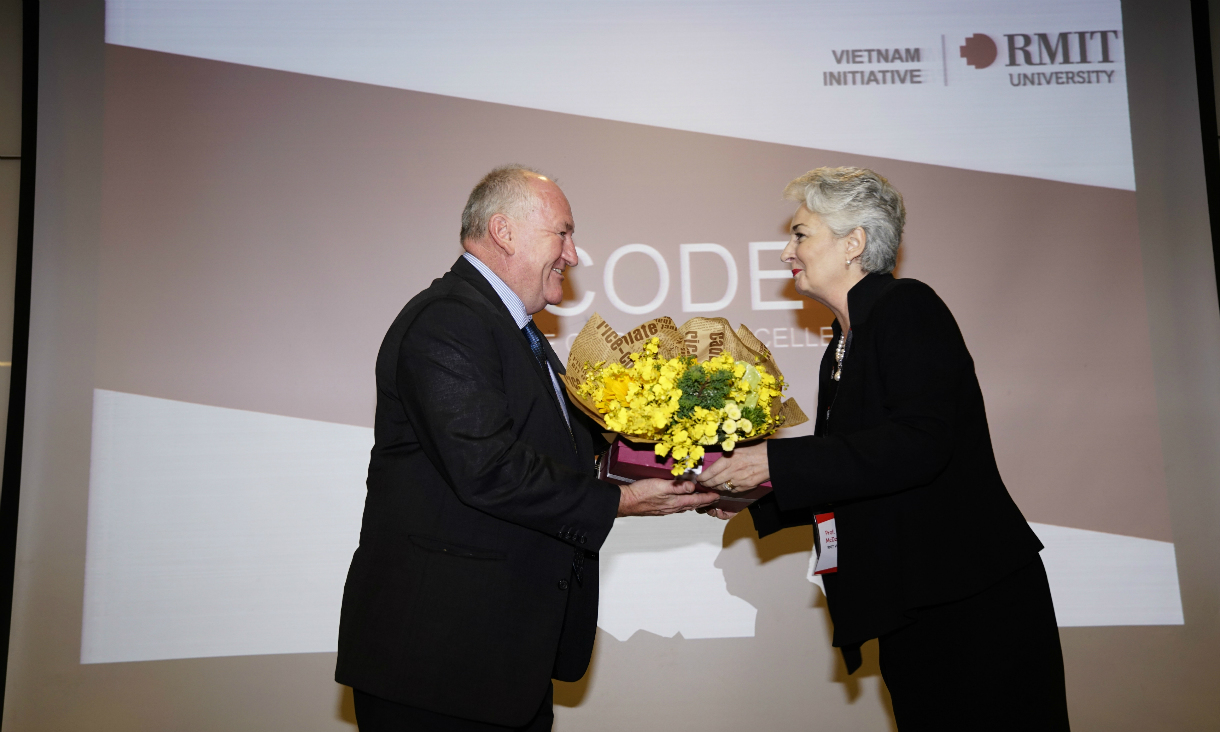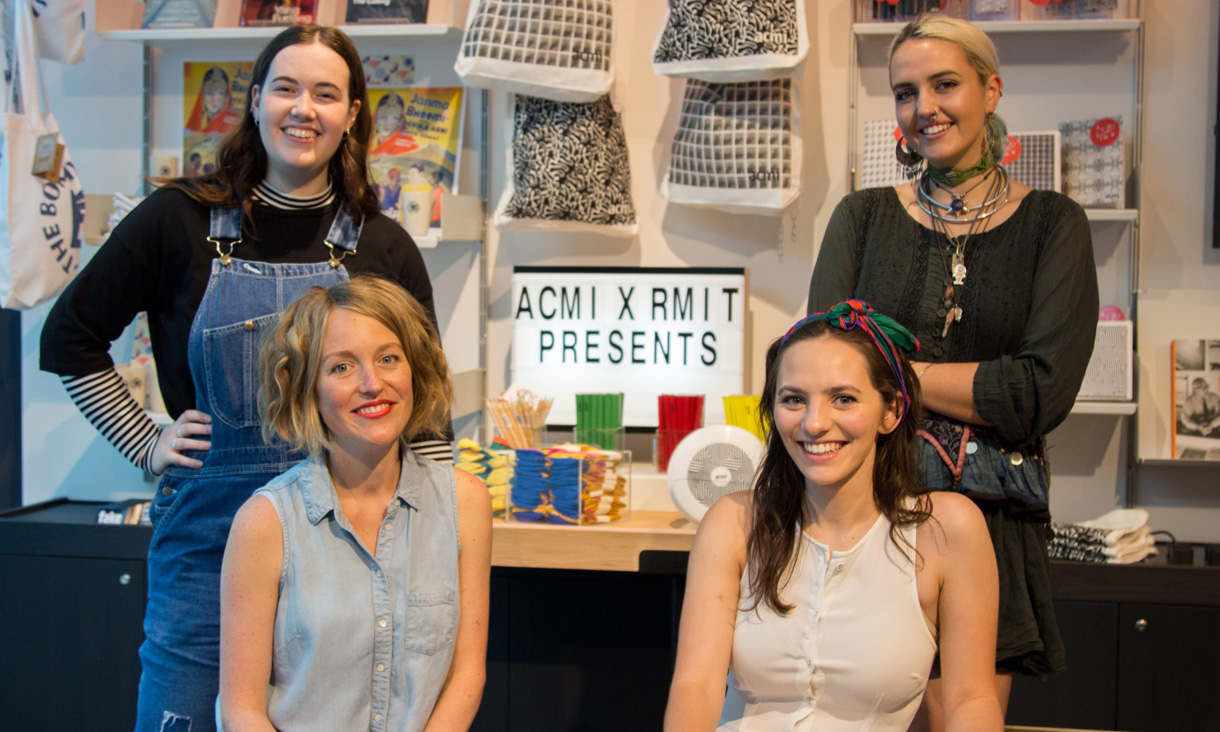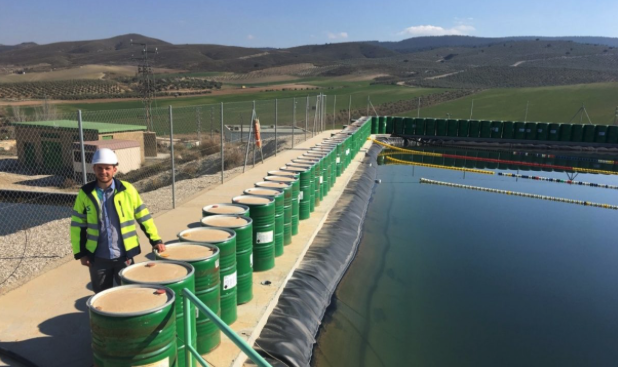The two cities are connecting as part of the new Melbourne Innovation District – an area that's drawing from Barcelona's innovation district 22@, which also happens to be the base for RMIT's European hub.
And the transformation of the two hundred hectares of industrial land in Barcelona to a district focused on innovation and technology was recently in the spotlight as part of Melbourne's Design Week.
David Martinez, Coordinator of 22@ in Barcelona, presented at the Melbourne Innovation District symposium run by RMIT's School of Architecture and Urban Design.
Martinez said that research and education are key factors for innovation districts.
"Concentration of talent is crucial to boost new innovative ecosystems in addition to the role of design when approaching new solutions for a city's transformation," he said.
Martinez, who was joined at the recent symposium in Melbourne by representatives from the Cambridge Innovation Zone, shared the different ways that innovation districts can transform cities.
"Innovation districts work as urban laboratories for testing new solutions to help cities face challenges," he said.
"They are the avant-garde of a city – the place where the future is present."
And the ultimate goal of innovation districts?
Martinez said it's about ensuring that the benefits of urban transformation and economy improvements reach all citizens and go beyond the boundaries of the district.
He also shared some lessons on innovation districts that the city of Melbourne can take on board.
"As Barcelona is currently starting the second phase of its 22@ project, a key lesson we've learnt has been to continuously evaluate the project's development and make necessary adjustments," he said.
"It's also important to involve stakeholders at the very beginning."
Martinez gives the example of working with heritage buildings.
"We worked together with both the area's residents as well as experts to come up with a list of heritage buildings in the area that we then put into a protection plan," he said.

